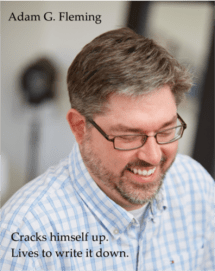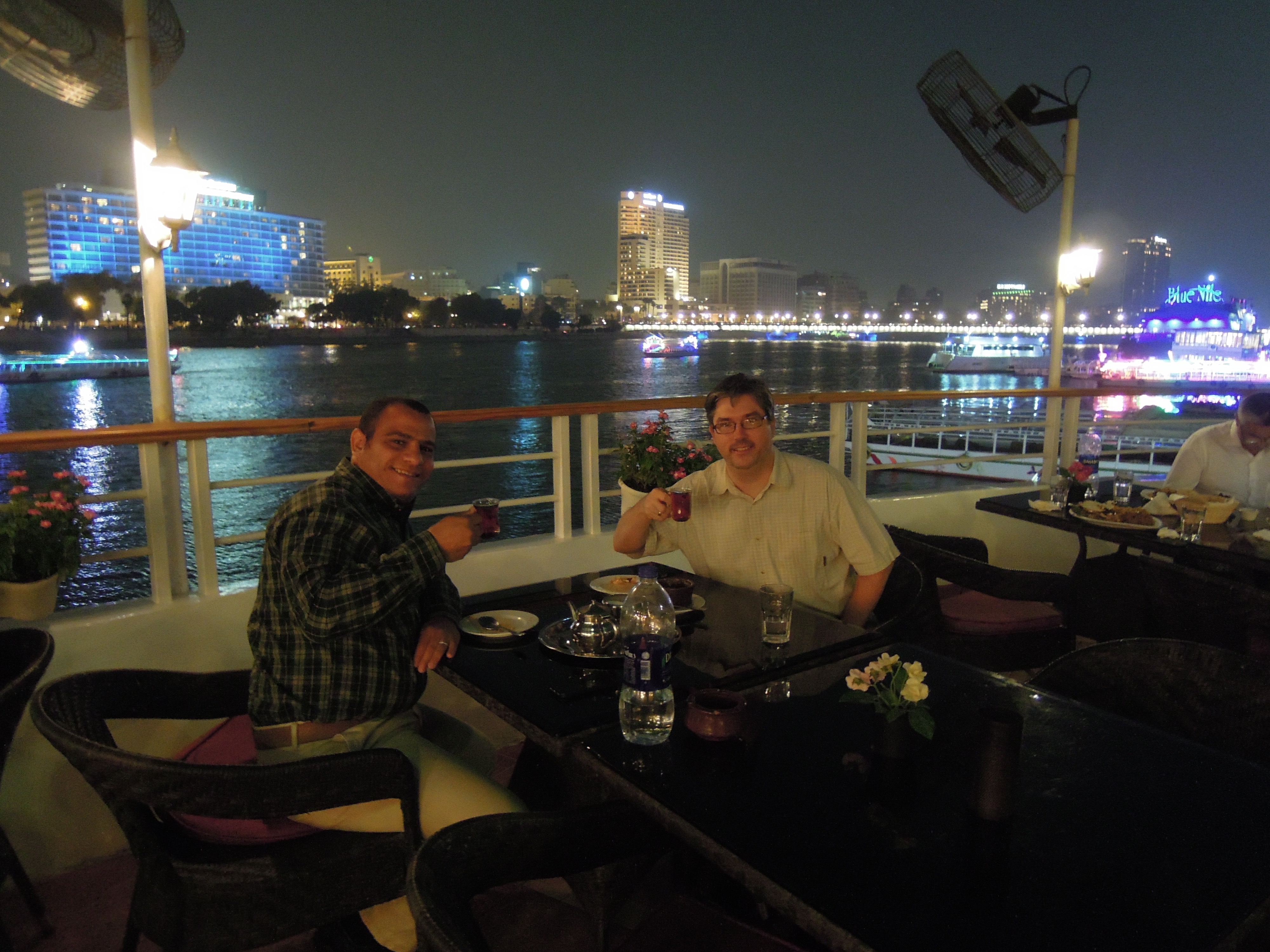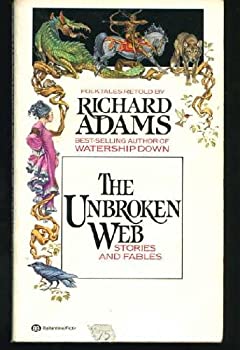In the beginning, God created the heavens and the earth. Plow Creek was just water flowing downhill. Land to the south, land to the north. One old farmhouse, hillsides covered with deciduous forests. Oak, maple, hickory, walnut, birch. The creek was too small for significant fish, no bass, rainbow trout or catfish, but minnows and occasionally crayfish were there. Shy animals. Skunks, possum, deer, coons, over-hunted, over-roadkilled. Cats and cows and pigs. Mice, both the field and the house versions. Songbirds in the morning. Cicadas at night. A whippoorwill in her nest.

Somebody owned it. I don’t know who. They had farmed it, at least some of it, I guess. They got old and died. That’s what happens. Before them, somebody else farmed it, back to around 1834. Before them, Indians. Along with finding crawdads in the creek, you might find a knapped piece of flint: an arrowhead.
Then came the Jesus Freaks. People wearing a lot of brown and rust colored bell-bottom slacks and huge fashionable collars… but not because they were fancy dressers. Lots of thrift store finds. Plaids so bad they’d make a Scotsman blush. Unlike the hipsters of today, they were looking for ways to be cool after it was cool. It was the 1970s, and not entirely unlike M.L.K. Jr., these young people had a dream. A dream of being the church of Jesus Christ in a different way. A counter-culture. What would really be cool, is if people really cared about each other instead of their clothes. Instead of their bank accounts or cars.
What would impress other people was not being out to impress anyone. Sharing what you had to the point of (nearly) doing away with ownership itself. Laying down your life for a friend, like Jesus said, and did. Instead of concerning yourself with ownership, you joined this weird group called Plow Creek Fellowship. And you sang: “Will you let me be your servant? … Pray that I may have the grace to let you be my servant, too.”
The land owned the Indians, not the other way around. That’s how they thought about it.
The Jesus Freaks called Plow Creek a “Fellowship”. The land didn’t own the people, but the people lived in Fellowship. It meant more than “going to” church. It meant more than stewarding a chunk of topsoil together. It meant more than a shared meal. It meant more than games on the broad meadow. It meant so much more than any and all of that, so much more that nobody’s really been able to describe it. Some very good writers came along, living, writing, “fellowshipping”. Now, at the end, we very good writers write our blogs, but … the better you are at fellowshipping, the easier it is to be at a loss for words.
It’s telling that Creekers verbed the word fellowship. According, at least, to the WordPress spell-check function, “fellowship” isn’t a verb. I just learned this today. That’s how much this word, as a verb, was ingrained in my vocabulary. But as any Creeker knows, it wasn’t somethign you just joined. It was something one did, one lived, one became woven into.
The land owned the Indians.

The Fellowship owned the Creekers. Or at least, the Creekers themselves didn’t own much. (If you’re an outsider, please understand: nobody was forcibly part of this thing. It was voluntary to the nth degree. This is more about that willing servant thing.)
Years came and years went, and for a variety of reasons, each as unique as the individual, people also came and went. Did some of them leave joyfully, and others wounded? Of course. Nobody stopped being human. But, when they left, they didn’t stop fellowshipping with each other, either. They met up with each other, in Iowa, or New Mexico, or Chicago, or Indiana or just anywhere. You couldn’t really un-weave yourself from the pattern. The Fellowship wove its own way into your life, and not just you into it. That’s why I say it’s not only something you did, but something you became. If you didn’t fellowship with the same people on the same land, you still felt hungry for it, sought it elsewhere.
You returned to the land. Sometimes. It owned you, too, not the way it owned the Indians, but… It was, in some ways, the most concrete representation of the Fellowship itself. Nobody had to be there for you to love walking the woods. You could be an extreme extrovert and spend hours with yourself and your memories and you’d still be fellowshipping down there at Plow Creek. Fellowshipping includes remembering. (Do this in remembrance of me.)
More years came and went. Many of the people had left the land. They continued to find each other. Technology blossomed, and with it, Facebook reminded people of their fellowshipping of long ago.
Fellowshipping became an acquired taste. Like people from France who know the flavor of the cheese in their home village, or of those truffles underground, maybe. You could leave this land and still be hungry for the fruit that grew up on it in those days.
How did you get there? Maybe you were young. Maybe you were lonely or hurting. Maybe you were just unsatisfied with what the American Dream had offered you, but once you found Plow Creek, you realized that your personal American Dream meant fellowshipping.
People didn’t stop fellowshipping.
But they did leave that land, and went to other places. Looking as they went for some sort of significance in life. Connection. Meaningful relationships. Other bits of land to care for. Other bits of humanity to love.
And then there was a remnant, elderly super-fellowshippers. People steeped in fellowship like tea, the creek flowing with this essence, no longer water. And, there was a church, too. People still joined the church, and fellowshipped with each other. But, they joined in a new way, and not in the same way, and the old way of life couldn’t be carried on. And the remnant, those steeped in the meadow like mint in the sun, they went down the river. Their lives complete at something around four-score years, more or less, they went to be with the old farmer whose name was forgotten, who used to live here, and the Indians, and with Jesus in Heaven. Perhaps some of those field mice are there, too. Where they are fellowshipping at this very moment without obstacles, without traps set for the mice. The true utopian society, they have up there. Remember what I said about how they didn’t leave and stop fellowshipping? That goes for those who left in a coffin, too.
One of the other writers said that Plow Creek is dying. No doubt this is how she feels.
Yes, Plow Creek’s legal entity is dissolving. Somebody else will use the land. Those who chose fellowship over ownership will now have to go somewhere else, and that hurts.
It has been a luxury to be free to go back to the land, to the Creek. I was about 23 when I found my first arrowhead, that would have been 1997, 20 years ago. Our family had moved on, 10 years earlier, but I was back, I don’t remember why exactly, but probably just to fellowship for a few hours. The Indians had probably been gone for 163 years or more.
What will happen next? Who knows for sure? In another 163 years, a mere eight generations, yes, let’s say it’s the year 2180: someone will drop by in their flying car or spaceship, and they will find something one of us left. Perhaps the head of a broken hoe in the strawberry fields. The empty shotgun shell of the last Creeker-approved venison kill. Or, someone will come along and buy some of that acreage, or all of it, or the whole flippin’ county around it, and they’ll invite some friends to live with them and try to be unified and harmonious and be each other’s servant and have the grace to let you be my servant, and fail at it all, and try again and pray together. We can hope, anyway. We can hope that, because, although Plow Creek as we knew it, as we know it is dying…
Fellowshipping is not.

The picture above wasn’t taken at Plow Creek. This is me fellowshipping with my wife Megan, in Thailand last February. We’re keeping the dream alive. No matter where we go.






















































